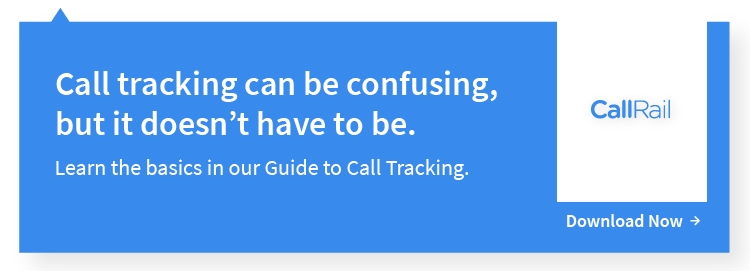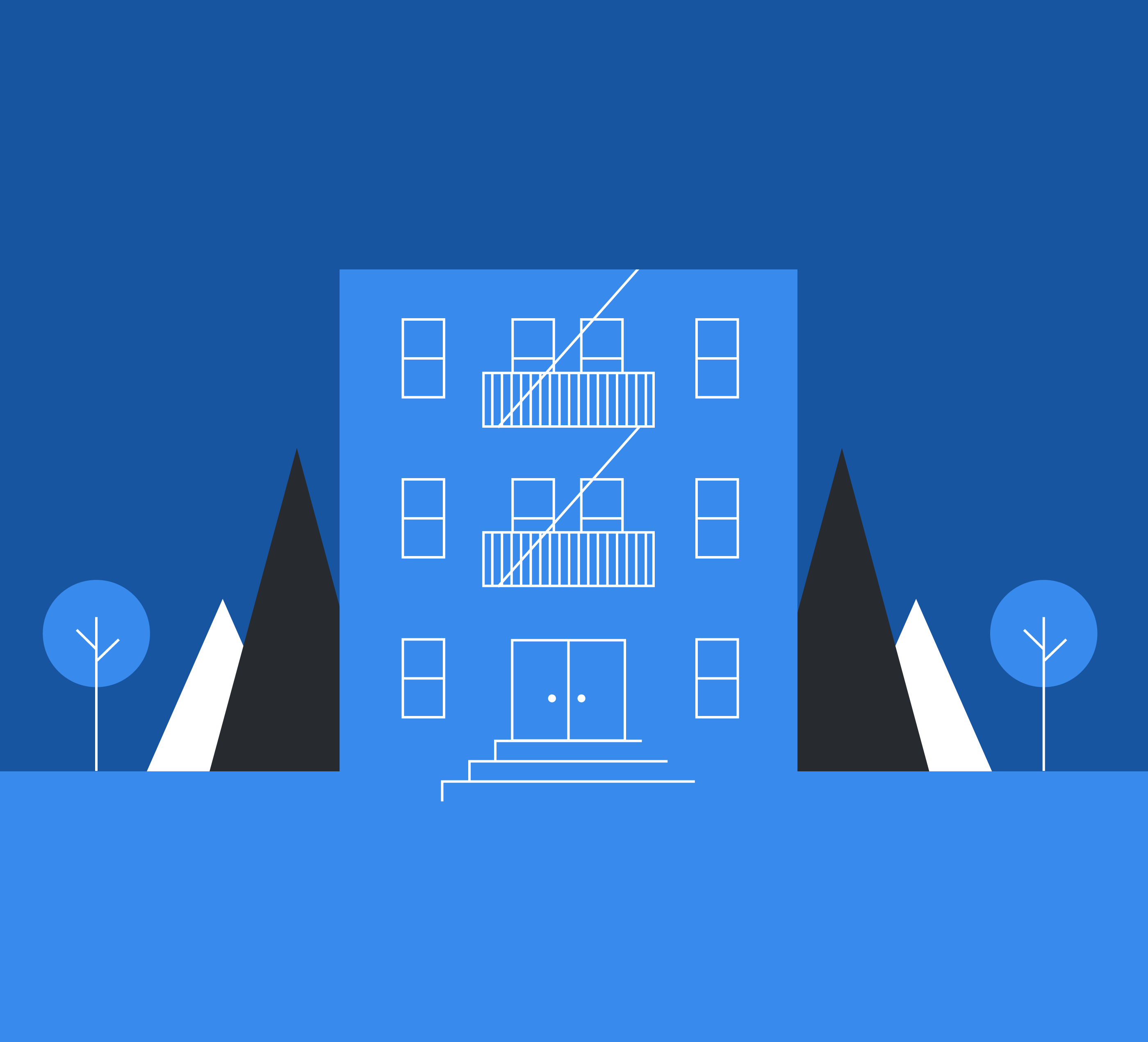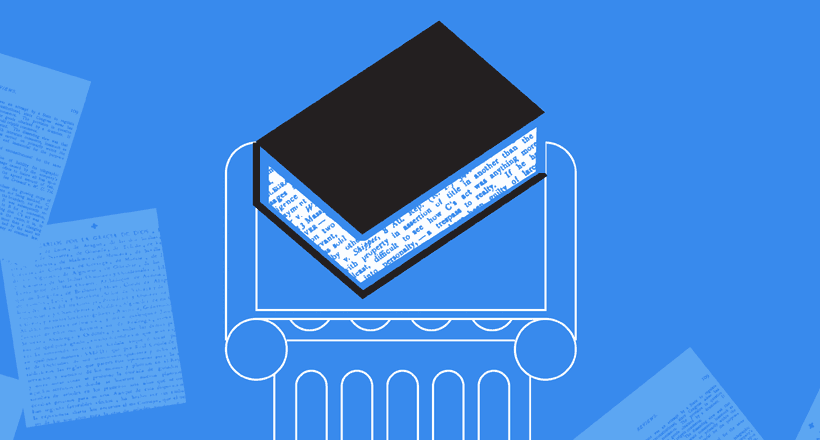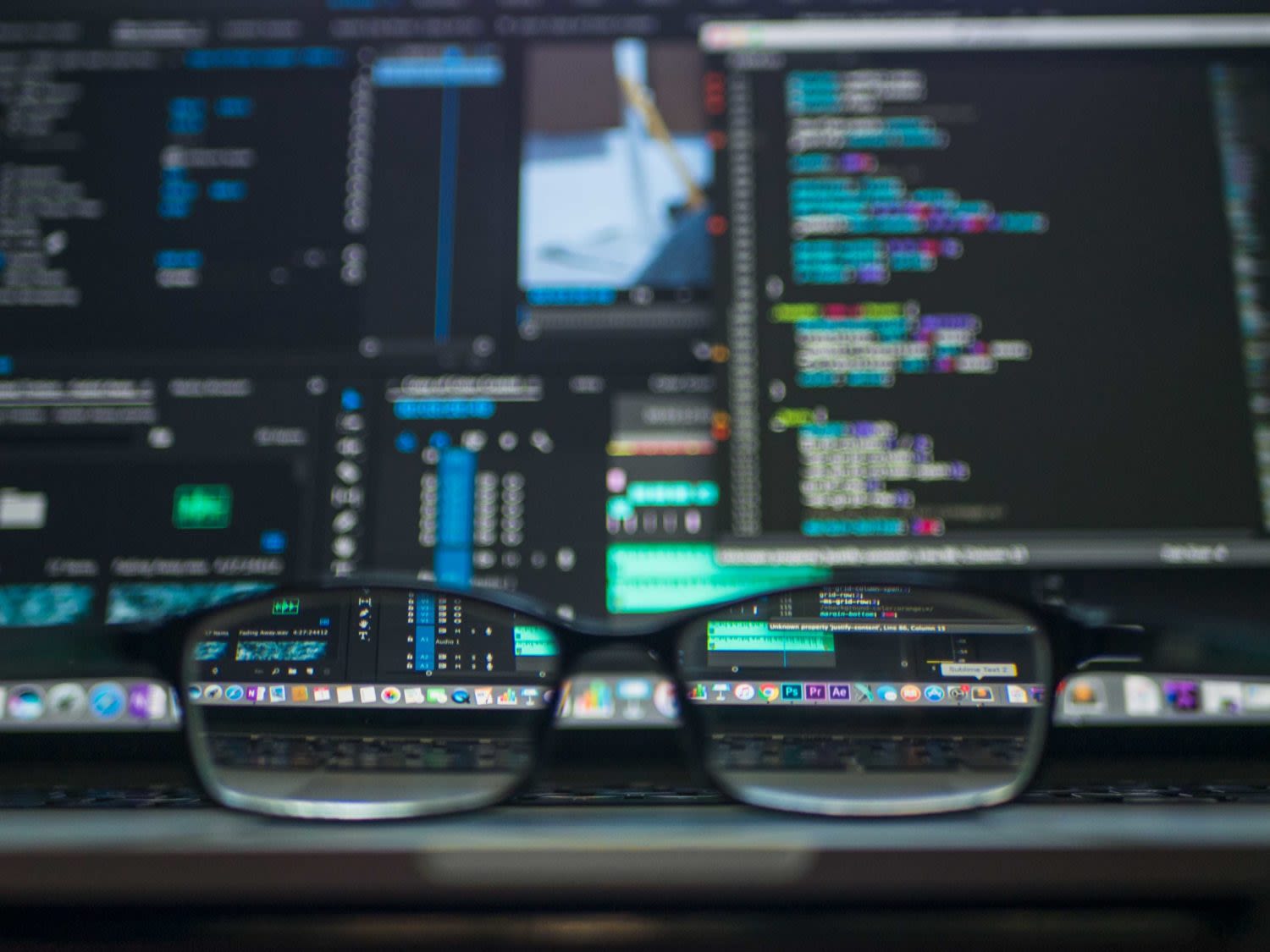What is Speech Recognition Software?
Speech recognition software is a computer program that’s trained to take the input of human speech, interpret it, and transcribe it into text.
How Does It Work?
Speech recognition software works by breaking down the audio of a speech recording into individual sounds, analyzing each sound, using algorithms to find the most probable word fit in that language, and transcribing those sounds into text.
Speech recognition software uses natural language processing (NLP) and deep learning neural networks. “NLP is a way for computers to analyze, understand, and derive meaning from human language in a smart and useful way,” according to the Algorithma blog. This means that the software breaks the speech down into bits it can interpret, converts it into a digital format, and analyzes the pieces of content.
From there, the software makes determinations based on programming and speech patterns, making hypotheses about what the user is actually saying. After determining what the users most likely said, the software transcribes the conversation into text.
This all sounds simple enough, but the advances in technology mean these multiple, intricate processes are happening at lightning speed. Machines can actually transcribe human speech more accurately, correctly, and quickly than humans can.
History of Speech Recognition & AI Software
Voice recognition and transcription technology has come a long way since its first inception. We now use voice recognition technology in our everyday lives with voice search on the rise, more people are using assistants like Google Home, Siri, and Amazon Alexa.
We recently wrote a blog on the history of speech recognition technology–all the way back to the early 1900s to today.
What are the Potential Variables in Speech Recognition Software?
“Correctness and accuracy are two different things,” says CallRail Product Manager, Adam Hofman. According to lecture notes for Informatics courses, the difference lies in that correctness means completely “free from error” while accurate means “correct in all details” and “capable of or successful in reaching the intended target.”
With speech recognition, this means that while the transcription may not be 100% correct (some words, names, or details might be mistranscribed), the user understands the overall idea of the chunk of speech that’s been transcribed. That is to say, it’s not just a jumble of random words–but that a cohesive concept can be interpreted from the text, in general.
However, no two people are alike, and therefore, speech patterns and other deviations must be taken into account. Anomalies like accents (even those across English as a native language speakers) can cause speech recognition software to miss certain aspects of conversations. The ways in which speakers enunciate versus mumble, the speeds at which they speak, and even fluctuations in speaker voice volume can throw speech recognition technology for a loop.
Regardless, most modern speech recognition technologies work along with machine learning platforms. Hence, as a user continues to use the technology, the software learns that particular person’s speech patterns and variances and adjusts accordingly. In essence, it learns the user. CallRail’s voice recognition technology is used in Conversation Intelligence features like CallScore, Automation Rules, and Transcriptions.
What are the Benefits of Using Speech Recognition Software?
Though speech recognition technology falls short of complete human intelligence, there are many benefits of using the technology–especially in business applications. In short, speech recognition software helps companies save time and money by automating business processes and providing instant insights on what’s happening in their phone calls.
Because a software performs the tasks of speech recognition and transcription faster and more accurately than a human can, it means it’s more cost-effective than having a human do the same job. It can also be a tedious job for a person to do at the rate at which many businesses need the service performed.
Speech recognition and transcription software costs less per minute, is more accurate than a human performing at the same rate, and never gets bored with the job.
How Is It Used for Call Tracking?
Many businesses in all industries use speech recognition technology with their CallRail call tracking software. Conversation Intelligence includes features like CallRail's Transcriptions which transcribes the audio of phone calls including deciphering between the agent and the customer, CallScore which uses Transcriptions to automatically mark calls as leads or not leads, and Automation Rules which tags calls based on keywords said by the agent or the customer.
Along with the basic uses, call recordings can be used for keyword research for SEO and paid SEM. Call recordings can also be analyzed for data to improve the sales or support process. Businesses can also use call recordings to improve the customer experience overall–online, on the phone, and after the sale.


















